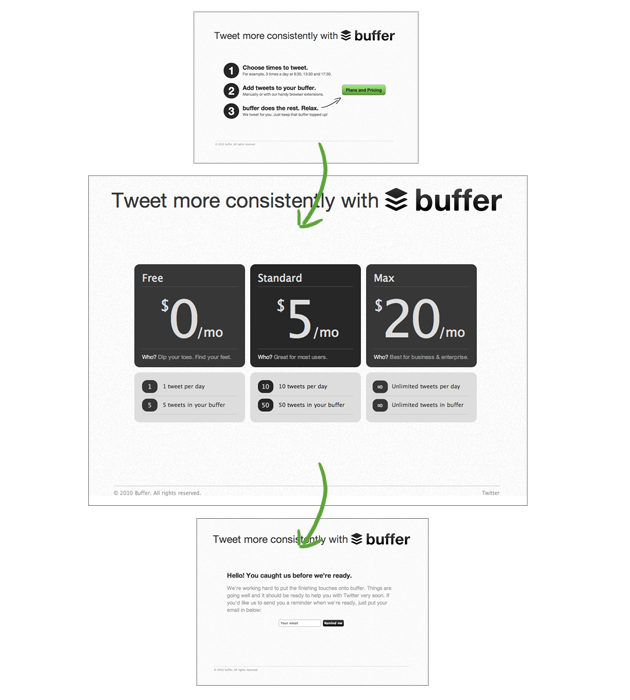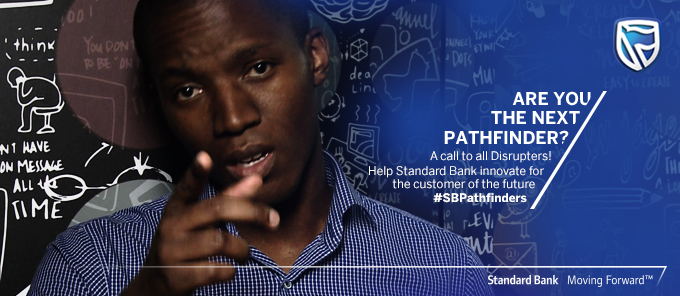What African Startups Can Learn From The Buffer Story
Joel Gascoigne had been using Twitter for about 1.5 years when he realized that his Twitter feed would be more beneficial if he could schedule interesting content he came across online, instead of just sharing it randomly. In 2010, he started developing an app that would do exactly that, and that is how Buffer was born. Buffer has since grown from its first paying user 4 days after launch in December 2010, to over 2 million registered users as of January 2015. Most importantly, Buffer is a profit making tech company, something we do not hear about often.
If you measure Buffer against the more written-about tech businesses, there’s nothing impressive about it. It doesn’t have a billion dollar valuation, neither does it have a superstar CEO, but it has done a lot of things right, and it’s fundamentals are pretty solid, and its growth holds lessons for African start ups.
This post shares my four key lessons for African start ups from Buffer’s story.
1.There’s such thing as “death by product development”. This is when you find yourself spending months (sometimes years) to develop that “perfect product” before testing it with the market. This is a characteristic of start-ups that are headed by a technical CEO. You want to put out something that feels great for you. However, with user driven businesses, the customer will help you perfect your business. Build something that is minimally functional, and put it out there. Let the early adopters give you useful feedback which you can use to get better. The buzz word for this is Minimum Viable Product, coined by Eric Lies. Buffer did this in a low-cost, low-risk way. After thinking through his idea, Joel put together a 2 page website which he tweeted to gauge whether there was a real need for a scheduling app…
The aim of this was to start having conversations with prospective early adopters. This was a rather cool way to do market research. Eric Ries, the “father” of the concept of Minimum Viable product says the MVP should be “probably more minimal than you think”. That is where you start.
2.Is anyone willing to pay to use your product? And if no, how will you make money? The first first test of whether your business is solving a real problem is in whether anyone is willing to pay for it. Once Joel was sure there are people out there experiencing similar “pain” as he was, he then decided to test whether people would pay to fix this pain. He added another page to his 2-page website.
It is great to have an interesting business idea, but you are going blind if you do not know if anyone will pay for it. What I love about Buffer’s test is that it also had feelers on what the value for the product would be. Again, without investing too much, Joel was able to tell if he was onto something solid, before building.Once he was sure there’s a real problem to solve and he wasn’t just imagining it, he then set a completion date and got to work. Within 4 days of launching his product, he had a paying customer.
If you read this post only up to this point, you will have learned two neat things to do in your business. However, do not leave before checking out Standard Bank’s Pathfinder’s Challenge, a chance to win money, a trip to South Africa and additional development support from Standard Bank in the form of UX testing, rapid prototyping, technical support and mentorship. Pretty neat stuff.
3.Building a solid revenue-cost balance. Buffer currently has revenues of about $4 million dollars. Not impressive by Silicon Valley standards, but it is something many Silicon Valley businesses aren’t; profitable. By the time the company raised its first round of funding, it was profitable and was seeking capital to expand its product base. We do not hear that often.
How did they manage this? By doing the above two things (starting small), and by prudent financial management once the money started coming in.
Raising rounds of funding is exciting and at times it can seem like a business can exist on funding only, but at some point the wheels of funding come to a stop, and the business has to make financial sense. Your business is more attractive it is financially sensible from the first month.
4.There has to be someone doing the boring stuff. The boring stuff is what keeps the business going as you build the cool stuff. As soon as your business acquires its first user, you have to think customer care. As soon as you have money coming in, you have to think financial management. You have to think marketing, community building etc. As the founder, you may not have all these skills (most founders do not), and Joel had to bring in someone else to help him set up his app as a “proper business”.
You can read more about Buffer on here and on their blog, do share other learning on the comments section or we can discuss on Twitter.
This post is sponsored by the Standard Bank Pathfinders Challenge. Standard Bank are rewarding innovative tech ideas, with the winners getting a share of over R500,000 in cash and additional development support from Standard Bank in the form of UX testing, rapid prototyping, technical support and mentorship. This in turn will accelerate commercial opportunities and expand on their already-established technologies. Winners will be flown out to the Standard Bank Incubator in Rosebank, where they will be accommodated for the duration of the execution. Follow them on Twitter and Facebook too for more details.






